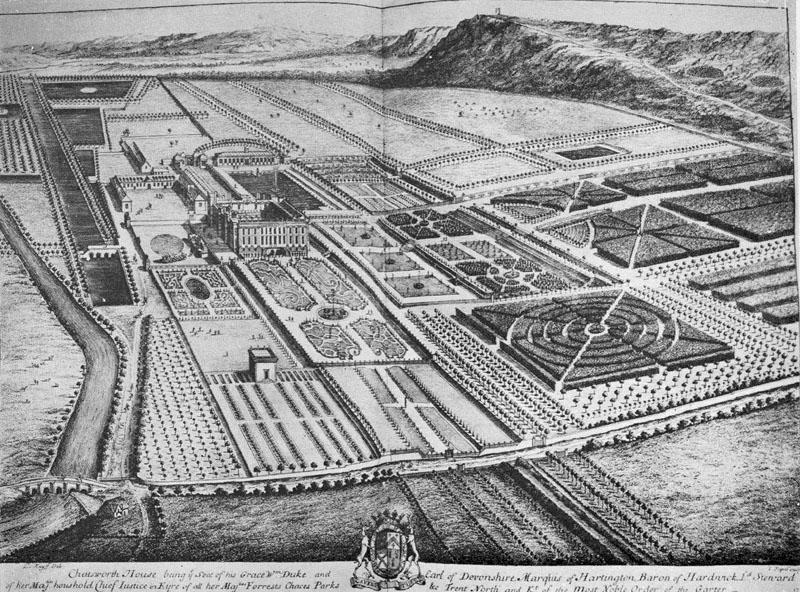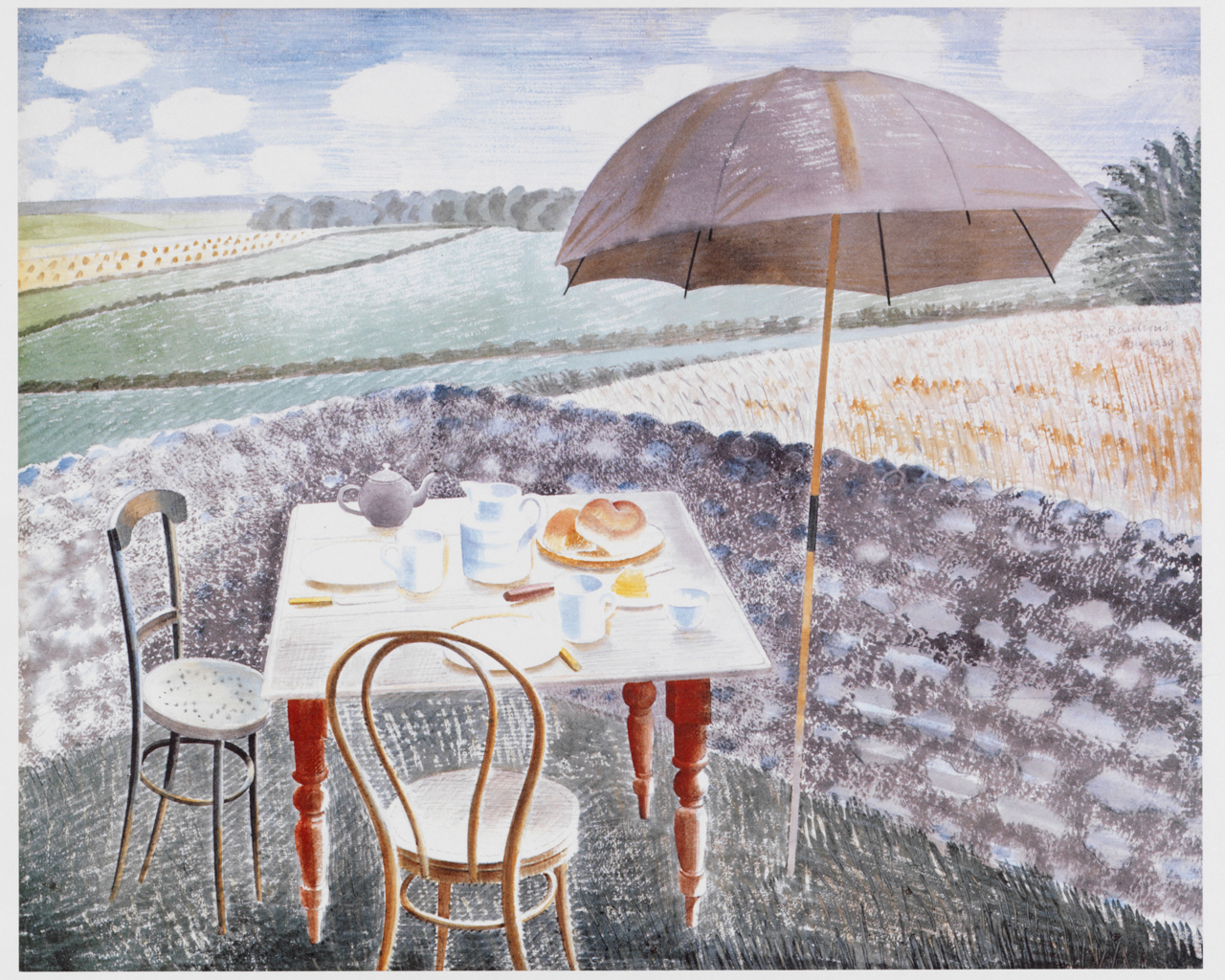The Royal Academy's Richard Diebenkorn exhibition divides neatly into three rooms, the first covering his early abstract period in Albuquerque and Urbana, the second charting his move into figurative drawing and painting while living at Berkeley, the third focusing on his famous Ocean Park series (1967-88). Diebenkorn had grown up in the San Francisco Bay area and moved in 1950 to Albuquerque to complete his MA at the University (Agnes Martin, the subject of a respective at Tate Modern opening next month, taught there a few years later). The city is located on a high plateau of the Chihuahua desert and, as co-curator Sarah C. Bancroft writes, 'the dusty whites, tans, reds, ochres, oranges, yellows and pinks of his environment are seemingly baked onto many of his paintings'. It was on flight from California to Albuquerque in 1951 that Diebenkorn was first struck by the view of landscape from the air. "I guess it was the combination of desert and agriculture that really turned me on,” he said, “because it has so many things I wanted in my paintings. Of course, the earth’s skin itself had ‘presence’ - I mean, it was all like a flat design - and everything was usually in the form of an irregular grid.” Diebenkorn's paintings in the 1950s often remind me of the contemporary works of Peter Lanyon who also used an aerial perspective - it is sad to think that Lanyon might have had an equivalent of the Ocean Park series ahead of him if he had not died in a glider accident in 1964.
By the early sixties Diebenkorn was painting more recognisable landscapes like Cityscape #1, which you can see and read about in the RA's Exhibition in Focus PDF. 'The colours and atmosphere of these landscapes are clear, crystalline and bright.' Too bright, some viewers have apparently felt, although as Bancroft says Diebenkorn himself was struck by the vividness of Northern California when he made a return visit in the 1980s: "God, that is the colour I used to use, when I lived up here!" Whilst in Berkeley he was also painting interiors with views through windows, influenced to by Matisse, Bonnard and Hopper. These, Steven A. Nash writes in the catalogue, 'provided a means to compare internal and external light, a way to project attention into the far distance, and a device for exploring the emotional contrasts of near and far, culture and nature, and a sense of confinement versus longing for release and freedom'. Nash also makes a connection with Caspar David Friedrich's paintings of windows (which I've referred to here before), whose 'reigning mood is serenity tinged with melancholy'.
Back in 2006 I wrote about the Ocean Park paintings and their relationship to landscape. Since then an essay by poet and former Ocean Park resident Peter Levitt has appeared called 'Richard Diebenkorn and the Poetics of Place'. It can currently be read online as a PDF and I will end this post with a quotation from it that conveys the rapture these extraordinary paintings can provoke. However, I think Laura Cumming is as usual very perceptive in her review, when she notes that up close they 'are stranger than expected, and this paradise is not without shadows – sometimes a grey pall, or a funereal black border edging into the frame. In fact the Ocean Park series that has given so many people such pleasure arrives out of hesitation, correction, uncertainty, further attempts, frequent cancellations. How can one tell? Diebenkorn leaves the workings on show. The veils of colour that settle on the painting like a misty haar lie over many trials and second thoughts. The paintings look light, bright, uplifting, slim; but this only comes after long and patient thinking.' Here then is Peter Levitt, who first visited Ocean Park in 1967 and marvelled 'at the unique and beautiful quality of the light, how from morning to night the sky’s variable shades of blue seemed to retain a moist translucence, as if the colour rose from the nearby sea to cool the heated summer air.'
'The paintings call forth how it actually felt to live bathed in a wash of such colour and light, to feel the steady, calm, and gradual movement of time reflected in the environment as one lived one’s moments, days, months, and years in a small seaside town (now grown overlarge) whose primary quality was the interaction of this extraordinary light with everything and everyone it fell upon. ... There is something that moves through me when I stand calmly before this work that doesn’t seem to have a beginning and, equally, may never end. It may be the way Diebenkorn caught the light I’ve been discussing. It may be how the shapes are so perfectly drawn and coloured that they call to mind the sound of the nearby ocean, where, as Pablo Neruda wrote, waves repeat the questions of the sea. How can I know? Should I even try to comprehend? To stand in the company of these paintings—where the world I know is one a painter helped to create, and what lies beneath the paint is the common bond of what I call home—is enough.














.jpg)





























